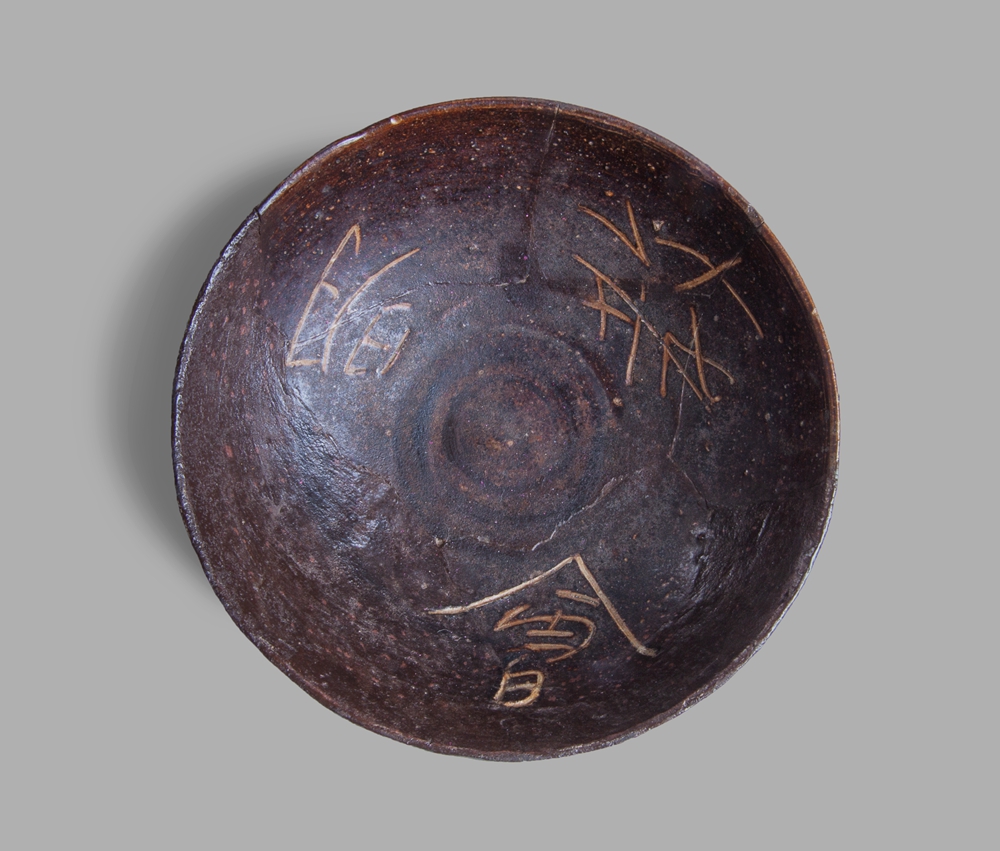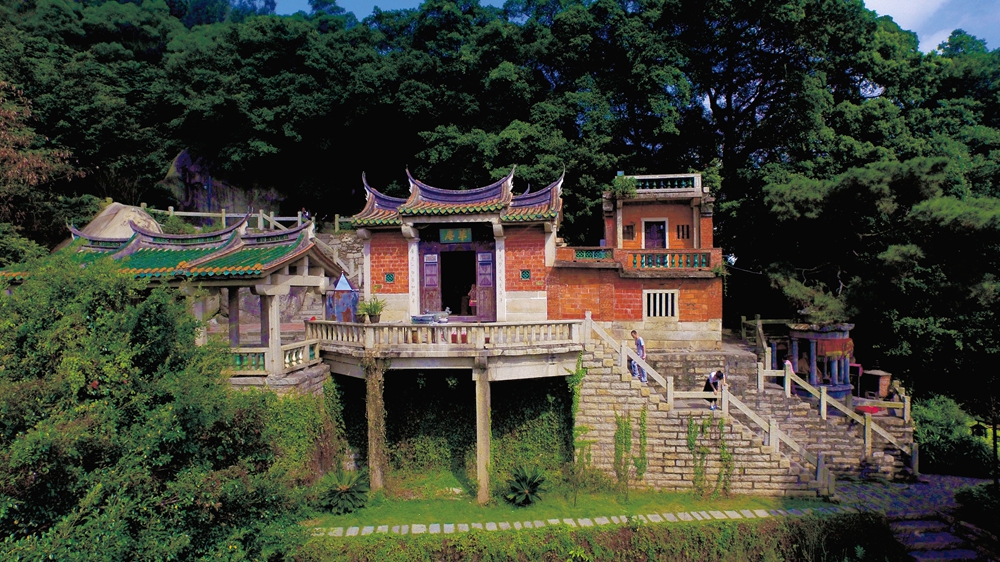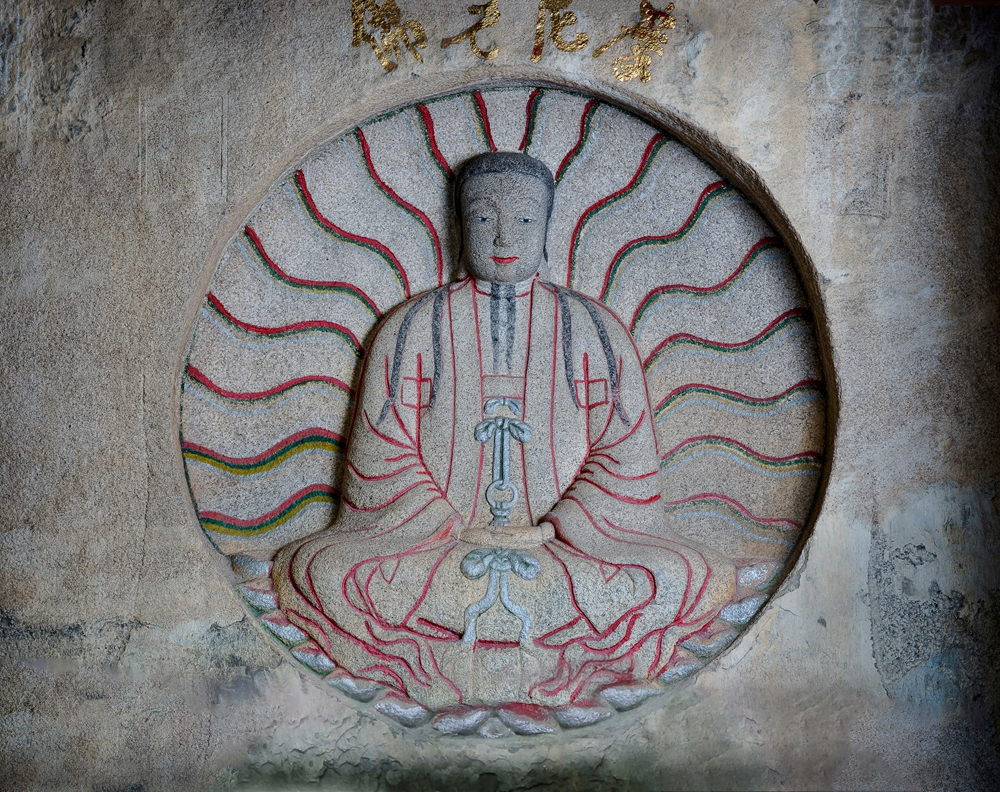Statue of Mani in Cao’an Temple
2021-07-19 15:57:36



The Statue of Mani in Cao’an Temple is a major monument testifying to the dissemination of Manichaeism in Quanzhou during the Song and Yuan dynasties; it displays the extraordinary cultural inclusiveness of Quanzhou as the emporium of world maritime trade. The fusion of diverse cultures embodied by this monument laid the foundation for the broad exchange of values among the Multi-cultural Communities in Quanzhou during the Song and Yuan eras. Cao’an Temple, located at the eastern foot of Huabiao Hill 15 kilometers south of Quanzhou City, is a temple of Manichaeism (also known as the “Mingjiao” or the Religion of Light) in the outer suburbs of Quanzhou dating to the Song-Yuan era. The temple enshrines a stone statue of Mani, founder of Manichaeism. Carved in 1339, the statue is the world’s only extant statue of Mani. Cao’an Temple was built during the 10th and 11th centuries in the early Song Dynasty. It is so named as it was originally a straw hut (Cao’an means “straw hut” in Chinese). In 1339, it was rebuilt in stone and the statue of Mani was carved. In 1979, a blackish glazed bowl, engraved with the Chinese characters “Mingjiao Hui” (Society of the Religion of Light), was unearthed in a spot 20 meters in front of Cao’an Temple. The form of the bowl is consistent with that of products made by Cizao Kiln during the Northern Song period, providing evidence for the activity of Manichaeism at the foot of Huabiao Hill during the Northern Song period. The Statue of Mani in Cao’an Temple was included into the fourth group of major cultural heritage sites protected at the national level by the State Council in November, 1996.